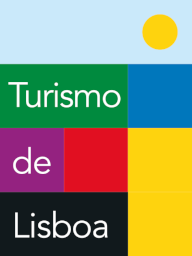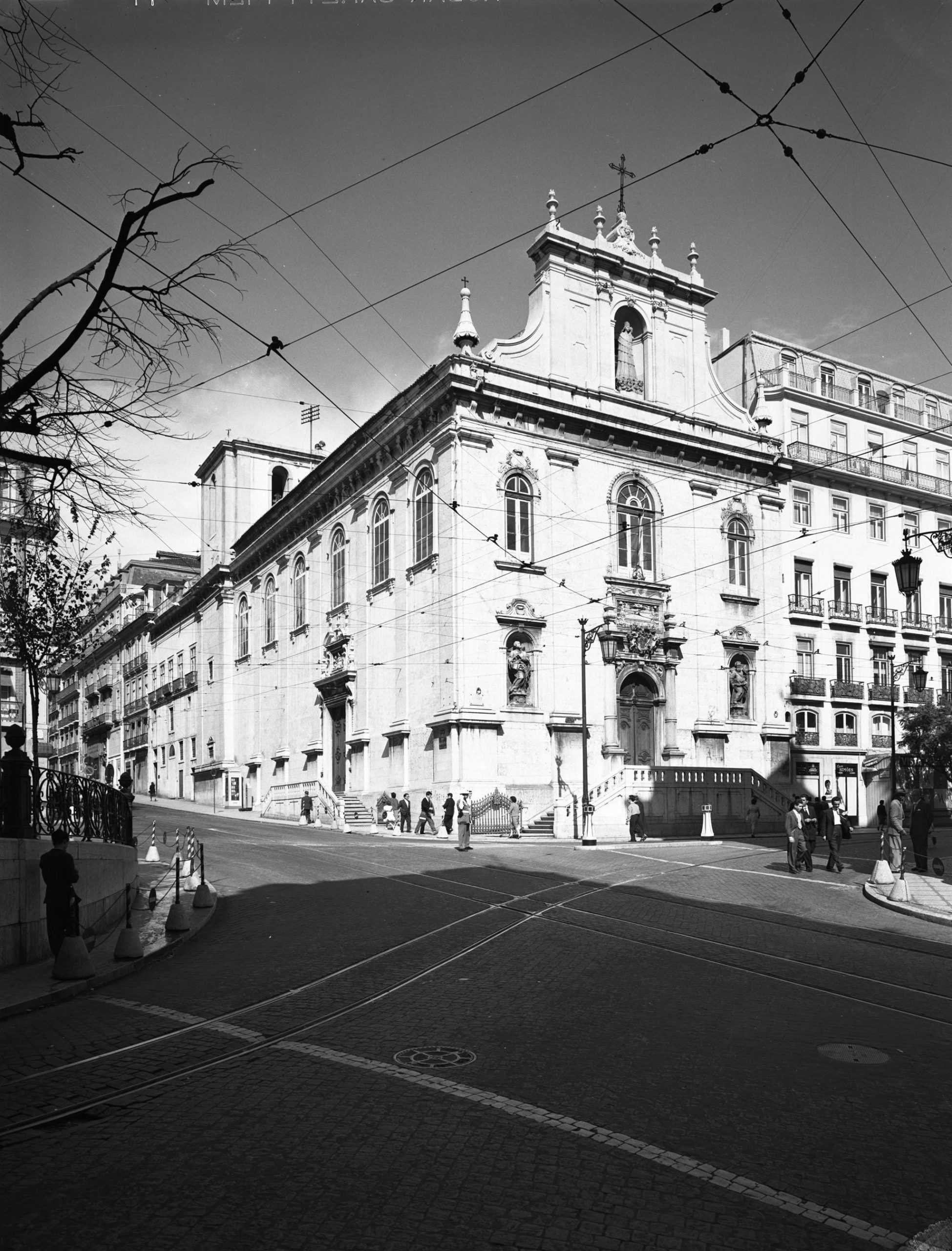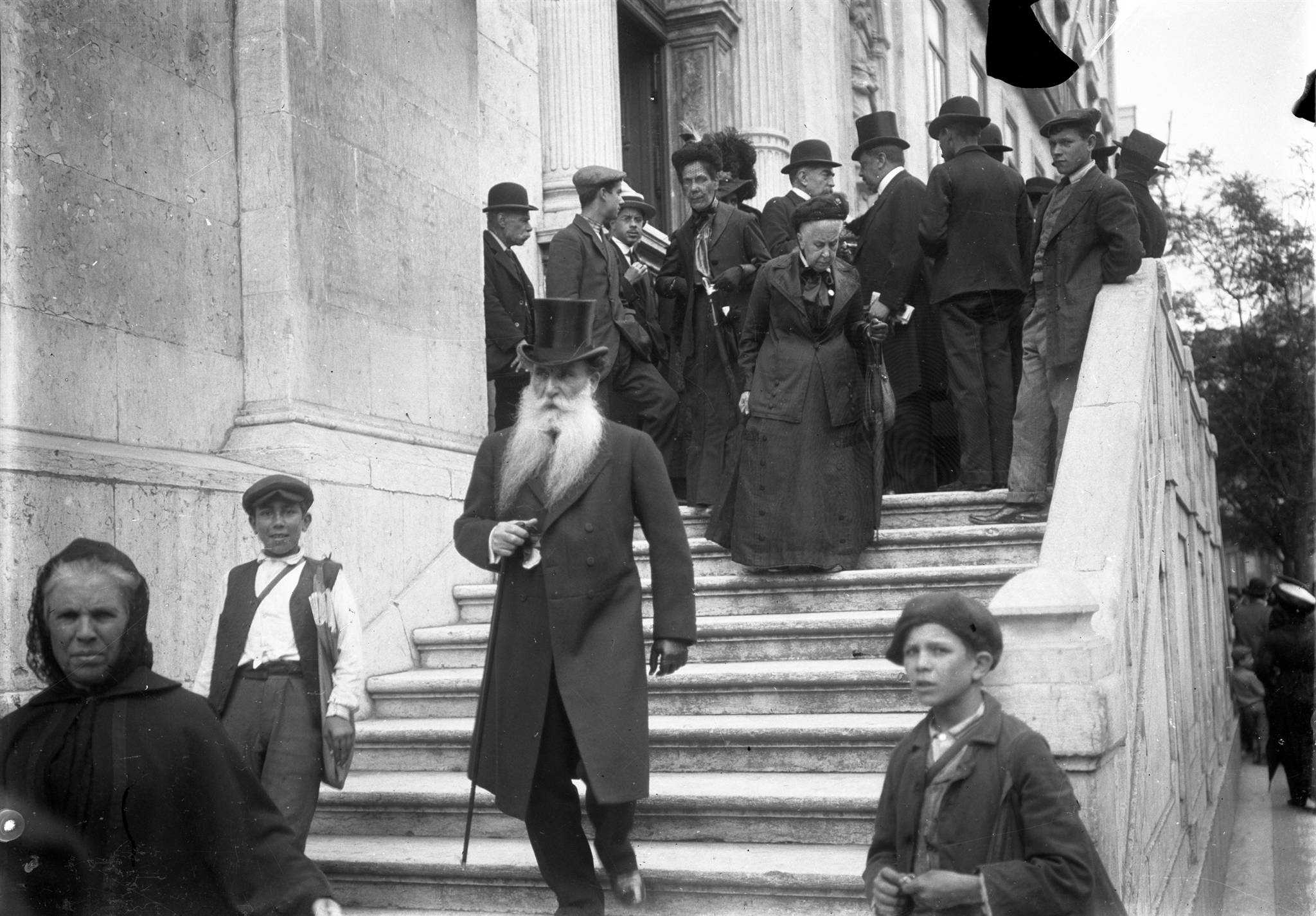The Church that founded Italy, in Chiado
In the middle of Chiado, there is an italian pearl, 500 years old. It is the Church of Our Lady of Loreto, near Largo Camões. It is a meeting point and even the birthplace of the Italian Nation.
The Italians are the largest European community living in Lisbon, attracted by the tax benefits. But Lisbon has been a "golden goose" for long, in Italy's eyes. It was during the "Atlantic expansion", in the 16th century, that the number of Italians grew in the city. The Chiado area, Rua Nova de Almada, Rua do Alecrim and Praça de Camões were true Italian enclaves. Some say that "Chiado was Italian".
They owned stores, bookshops, fabric stores, precious stones and even sold "umbrellas made with whalebones". United and enriched, the Italians then decided to buy a vacant lot, in 1518, next to the old wall of D. Fernando: they wanted to build a "Church of the Italian Nation", which would not be under the portuguese authority.
The Church of Loreto became a meeting place, a sort of 16th century café, where they could speak in the language of Dante Alighieri and discuss business. They dedicated it to Our Lady of Loreto, a common cult in Italy.
More curious: in Lisbon, the Italians put all political and regional rivalries behind them. At that time, the Italian Peninsula was a mosaic of states, principalities, duchies, and Pope's domains. For this reason Italy was only born as a country in the 19th century.
For historians, Lisbon is one of the cradles of the very idea of the Italian Nation, of a unified community.
500 years later, in Loreto, there is still mass in Italian on Sundays and many traditions are still kept. The Rector and the entire Board that takes care of the Church are Italian.
By João Damião



